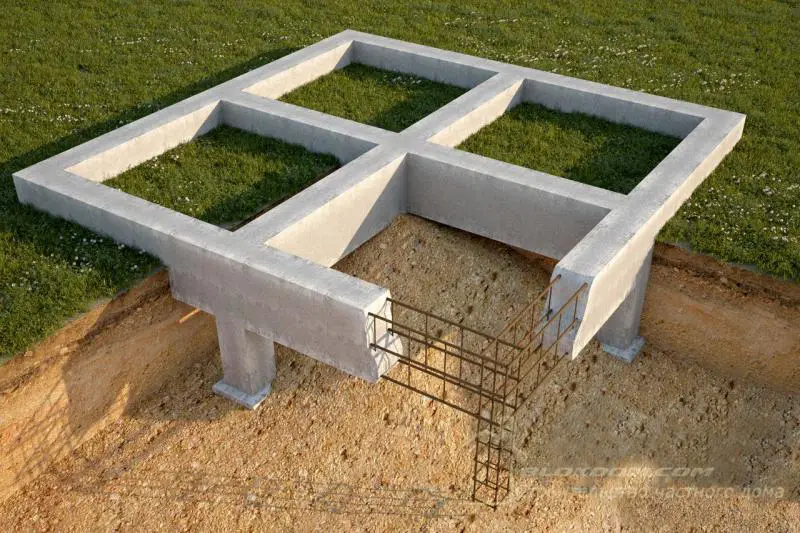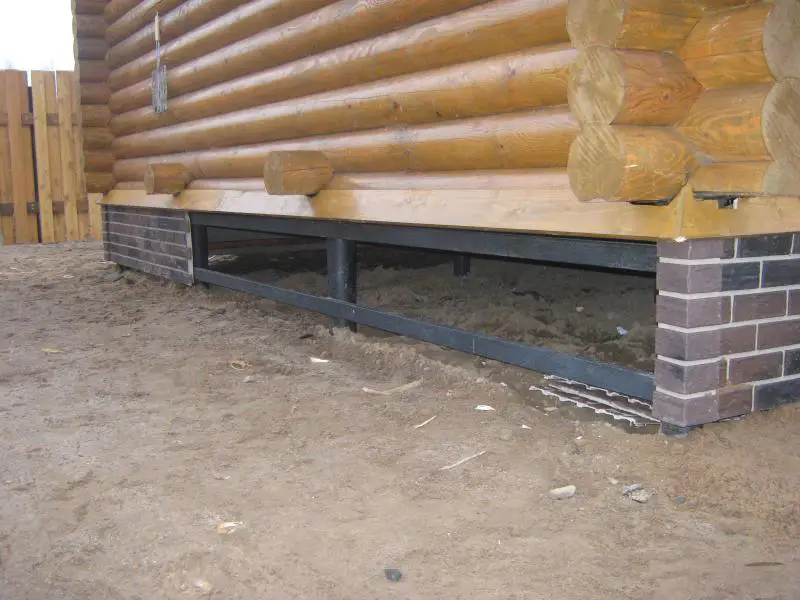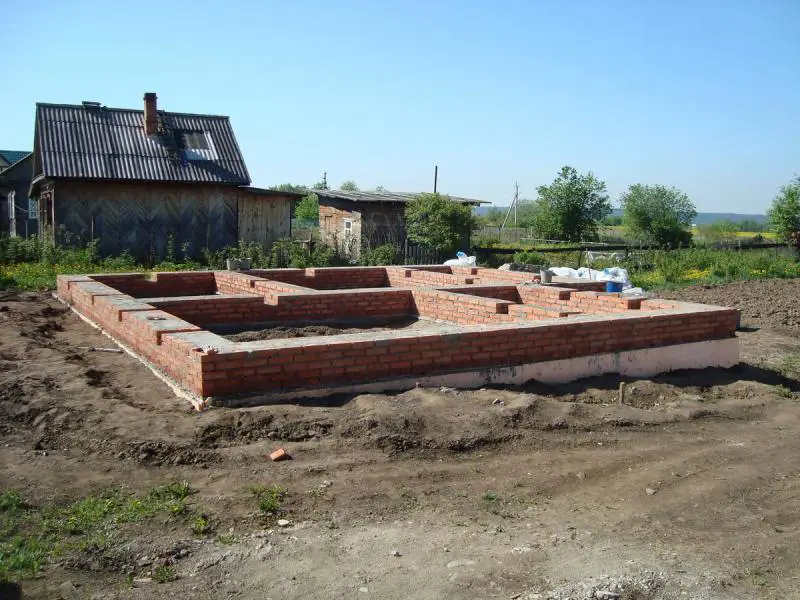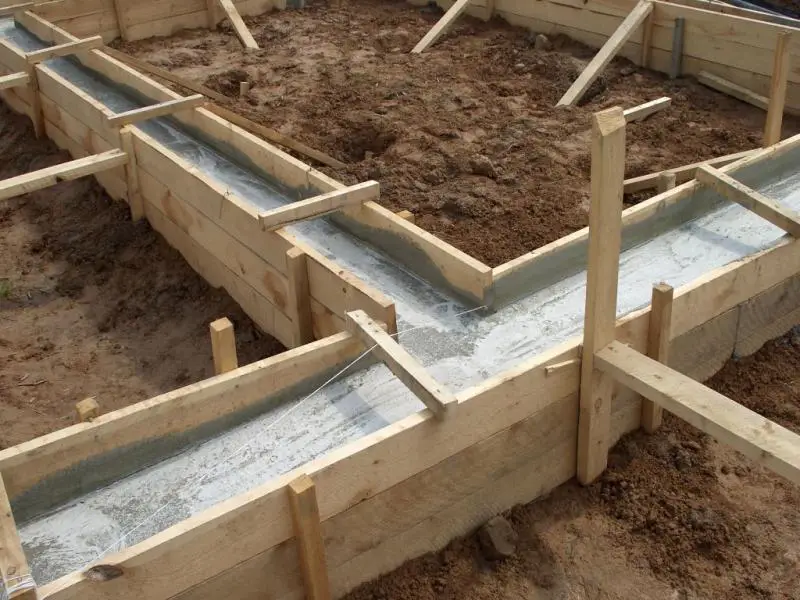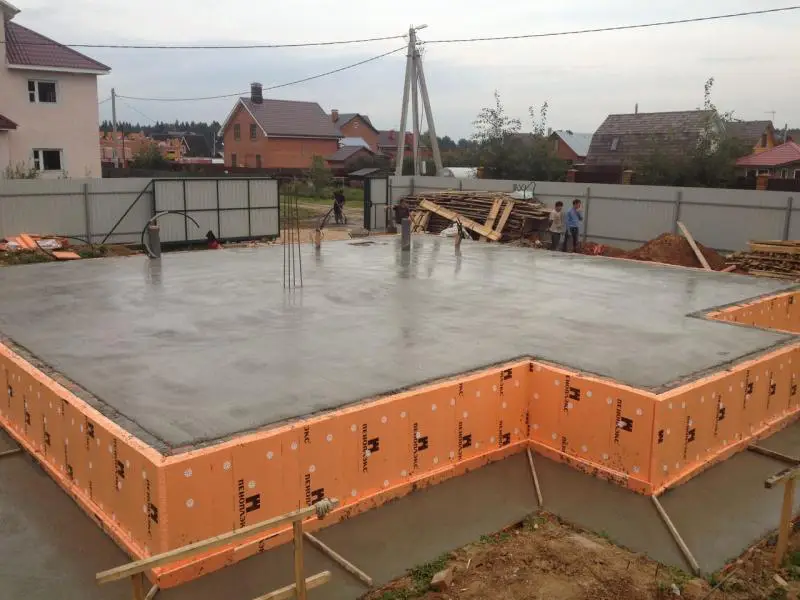There can be your advertisement
300x150
Replacement of Heating Radiators in an Apartment
The most common and well-known type of heating radiators installed in most of our apartments is heavy cast iron units. While they have positive qualities (corrosion resistance, durability, decent heat output), they also have significant drawbacks. One of them is appearance, which does not harmonize at all with modern interiors.
The most common and well-known type of heating radiators installed in most of our apartments is heavy cast iron units. While they have positive qualities (corrosion resistance, durability, decent heat output), they also have significant drawbacks.
One of them is appearance, which does not harmonize at all with modern interiors. The second is the lack of regulation due to outdated shut-off valves and high thermal inertia of the unit. In short – it's time to replace them! But it's not that simple.
Thermal Balance and Radiator Replacement
Everyone is probably familiar with cases when in the same building, some apartments are constantly cold, while in others the windows are open all winter. This can even happen in apartments located one above the other, i.e., on the same riser. The cause is the disruption of the building’s thermal balance due to improper replacement of heating radiators in apartments.

Interestingly, the term 'thermal balance' is used very often, but no specific definition exists in any regulatory document. In our case (with radiator replacement), disruption of thermal balance means uneven distribution of heat supplied to the building among apartments. This occurs due to installation of higher-capacity heating devices or changes in their configuration.
Often, people starting to replace heating radiators are unaware that these devices are common property, and their independent replacement (without approval) is illegal and violates the Russian Housing Code.
Moreover, the managing company has the right to remove heating devices that exceed the project-defined capacity. Although in practice this right is rarely exercised, it does exist.
Therefore, when replacing outdated heating radiators, it is essential to anticipate all possible consequences and obtain approval from the managing company for installing new heating units. Permission is required in the following cases:
- when replacing radiators with a change in type or an increase in the number of sections,
- when modifying the heating system configuration (relocating radiators).
Naturally, it's best to consult a specialist before starting any work, but you can estimate the approximate capacity of old heating units yourself. The heat output of one section of a cast iron radiator ranges from 100 to 150 W (depending on model). Based on this figure, new heating units should be selected. We will briefly discuss which ones next.
How to Choose Heating Radiators
Heat output. On average, 100 W of thermal energy is needed to heat one square meter of space, but several room characteristics may require higher output.
- 20% increase in corner rooms with one window, and 30% with two.
- 10% increase with a window facing north.
- 5% increase when the radiator is installed in a niche.
- 15% increase when the radiator is fully covered by a solid screen.
If multiple factors apply, percentages are added together, and then the required heat output is calculated. While this method may result in slightly overestimated values, excess heat can always be regulated using control valves.
Type. Those that are inexpensive often have the shortest lifespan;
- Aluminum radiators are reliable and withstand significant pressure fluctuations, but they are very sensitive to the acidity of the heat transfer fluid;
- Bimetallic radiators are strong like steel, light like aluminum, and durable like cast iron.
Given that in our heating systems, pressure fluctuates and the heat transfer fluid may change chemical properties several times per season, bimetallic models are particularly attractive. Moreover, this type of radiator handles semi-dry (or semi-wet) operation well, especially when water is drained regularly after the heating season.
In conclusion. After selecting your heating units, don’t rush to buy them or start replacing radiators in your apartment. Double-check your calculations, show them to a specialist, and to the professionals who will perform the installation. Some aspects of your calculations will likely need adjustment.
